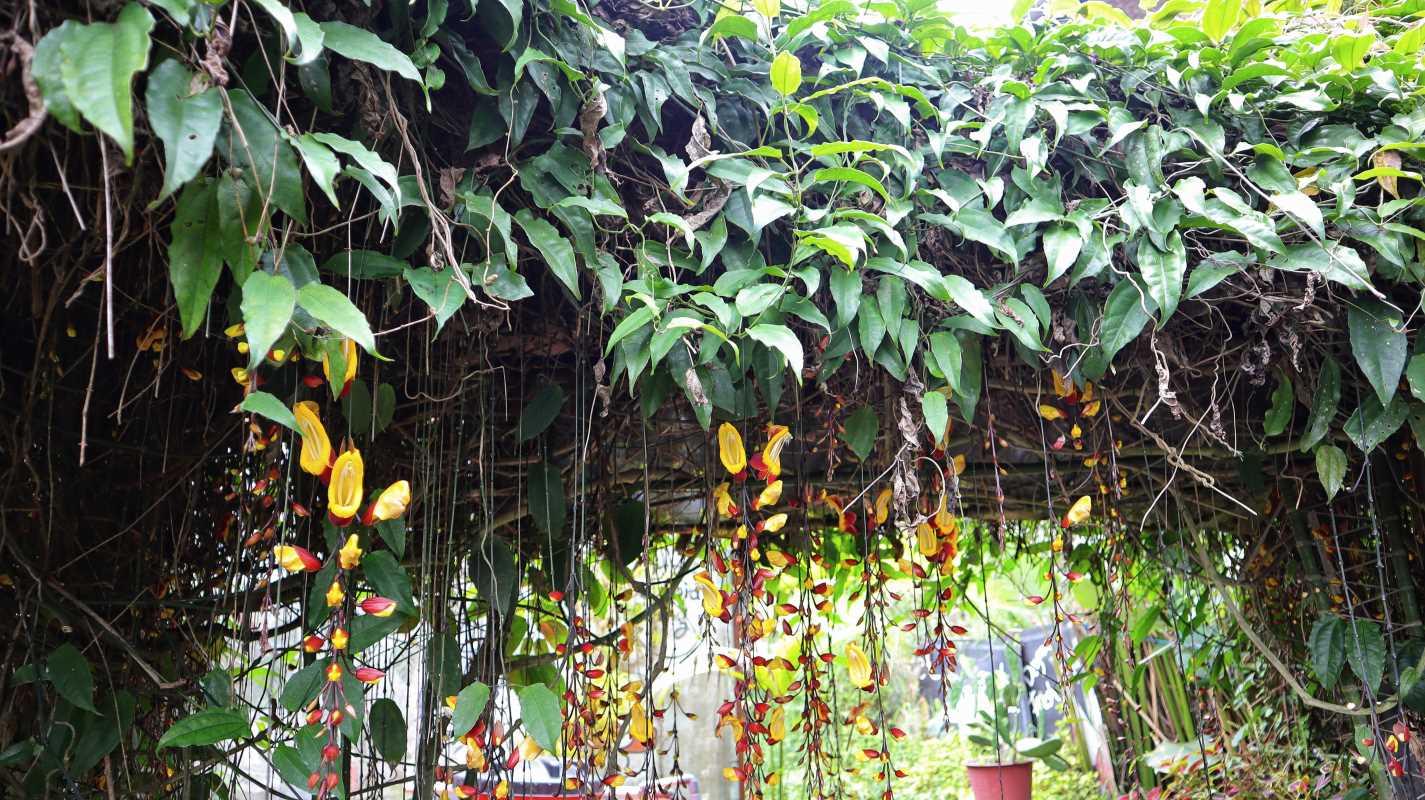Picture yourself stepping onto your rooftop and finding a vibrant garden that not only enhances the beauty of your home but also provides practical benefits throughout the year. This lush rooftop haven transforms your living space into a serene green retreat, offering a multitude of perks for both your household and the planet. By nurturing a rooftop garden, you enhance your home's insulation, leading to reduced energy expenses. Moreover, this green space becomes a sanctuary for a variety of species, playing a vital role in supporting local biodiversity. Embracing a rooftop garden means embracing a sustainable lifestyle that positively impacts your immediate surroundings and the broader environment.
Benefits of a Natural Roof Garden
- Improved Insulation: A roof garden serves as an additional layer of insulation, helping to keep your home warmer in the winter and cooler in the summer. This can lead to lower energy bills and a more comfortable living environment.
- Enhanced Biodiversity: By introducing a variety of plants, insects, and birds, you create an ecosystem that supports local wildlife and promotes biodiversity in your area.
- Stormwater Management: Roof gardens absorb rainwater, reducing runoff and decreasing the risk of flooding in your neighborhood. This also helps filter pollutants from the water before it reaches the ground.
- Extended Roof Lifespan: A well-maintained roof garden protects your roofing materials from extreme weather conditions and UV radiation, potentially extending the life of your roof.
- Air Quality Improvement: Plants in your roof garden filter pollutants and carbon dioxide from the air, contributing to a cleaner and healthier environment around your home.
Planning Your Roof Garden
Before diving into planting, assess your roof's structure. Check the weight capacity to ensure it can support the additional load of soil, plants, and any irrigation systems you plan to install. Consulting with a structural engineer provides peace of mind and helps you make informed decisions about what your roof can handle.
Consider the amount of sunlight your roof receives throughout the day. Different plants require varying levels of sunlight, so understanding your roof's exposure guides your plant selection. Also, take into account your local climate, as this influences the types of plants that will grow well in your garden. Factors like temperature, rainfall, and wind patterns play a significant role in determining the best plant choices for your rooftop space.
Selecting Plants for Biodiversity
- Native Wildflowers: These plants attract pollinators like bees and butterflies, supporting local ecosystems. Examples include coneflowers, black-eyed Susans, and milkweed.
- Herbs: Herbs such as basil, thyme, and mint add fragrance and flavor while attracting beneficial insects that help control pests naturally.
- Grasses and Sedums: These resilient plants serve as excellent ground cover, helping to prevent soil erosion and providing a habitat for small creatures.
- Fruit-Bearing Plants: Incorporating small fruit trees or berry bushes provides a food source for birds and other wildlife, enhancing the biodiversity of your roof garden.
- Evergreens: These plants maintain their foliage year-round, offering shelter and stability for various species even during colder months.
Installation and Maintenance Tips
Start by laying down a waterproof membrane to protect your roof from moisture damage. This foundation is crucial for preventing leaks and ensuring the longevity of your roof garden. Next, add a layer of lightweight soil designed for rooftop gardens, which provides the necessary nutrients and drainage for your plants.
Install a reliable irrigation system to keep your plants hydrated, especially during dry spells. Automatic drip irrigation systems offer an efficient choice, conserving water while ensuring your garden remains lush. Regularly check your plants for signs of stress or disease, and prune them as needed to maintain a healthy and attractive garden. Seasonal care, such as fertilizing and mulching, will help your roof garden flourish year after year.
Eco-Friendly Practices
Using sustainable gardening methods is key to maximizing the environmental benefits of your roof garden. Use organic fertilizers and compost to enrich your soil without introducing harmful chemicals. Implement rainwater harvesting systems to collect and reuse water, reducing your reliance on municipal sources and conserving this precious resource.
Consider growing nutrition-rich microgreens as part of your garden. These compact, fast-growing plants require minimal water and space, making them perfect for rooftop environments. Also, incorporate recycled materials for planters and garden tools to minimize waste and promote a circular economy within your gardening practices.
A natural roof garden enriches insulation and supports biodiversity, benefiting both your home and the environment. Thoughtful planning transforms rooftops into vibrant green spaces.
 (Image via
(Image via





